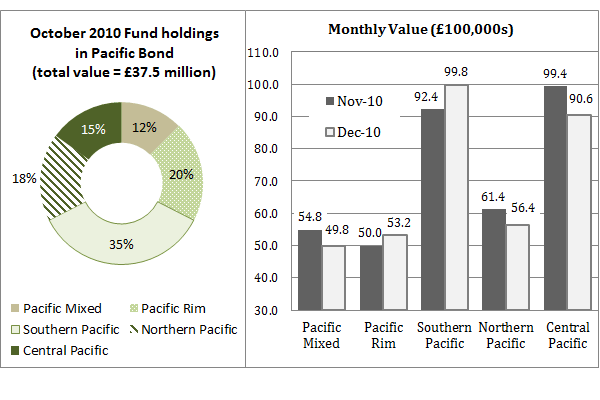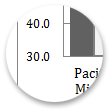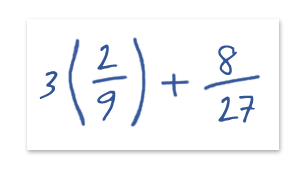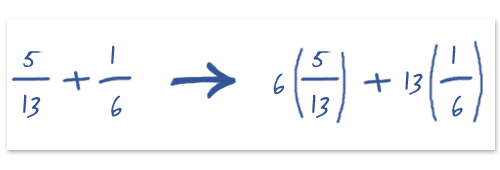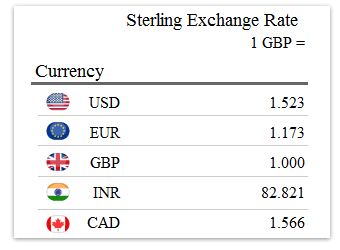Employers use numerical reasoning tests to help them predict who has the required numerical abiltiy to perform well in the job, so naturally they have to have a point at which they say ‘yes you’re in’ or ‘no, sorry’. In real life, most employers are not this black and white when it comes to your numerical test score; they will look at everyone’s score and compare them against a set of other competencies and success factors. So for example if you scored highly in a partner interview and you have relevant work experience, but were not the highest performer in your numerical test, the recruiting organisation may well decide that you are sill the best person for the job. It’s all relative, as they say.
Very large organisations (such as large professional services firms or firms with large graduate schemes) cannot afford to study each separate applicant in this pragmatic way. Instead they may use an online numerical test as an online sifting tool. The computer will automatically highlight candidates achieving a certain score and put them forward to the next stage of the selection process. If you don’t make this automatic cut, you will be rejected by that company. Often in this situation the company says that you are not allowed to re-apply for another minimum period of time, usually 12 months.
If you don’t make the cut, the truth is that you would probably have found the job frustrating, demoralising or stressful. The whole point in psychometric testing is that it is the best tool we have for predicting who will be suited to the role. Psychometric testing (including numerical tests) are based on years of research and development. So if the test says you are not suitable, the chances are the test is right and you should be please that you did not get put in a job for which you were not suitable.


